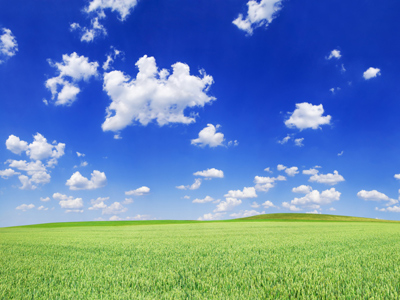
The Water Cycle 1
This Science quiz is called 'The Water Cycle 1' and it has been written by teachers to help you if you are studying the subject at middle school. Playing educational quizzes is a fabulous way to learn if you are in the 6th, 7th or 8th grade - aged 11 to 14.
It costs only $12.50 per month to play this quiz and over 3,500 others that help you with your school work. You can subscribe on the page at Join Us
Only 3% of the Earth's water is fresh, and most of that is in the form of ice! Luckily, the tiny percentage of water suitable for drinking and keeping plants and animals alive is continuously recycled in a series of processes known as the water cycle. Through evaporation, water in the sea rises as vapor into the sky. Condensation then causes droplets to form and these become clouds. Rain (precipitation) falls from the clouds and onto the ground. Here the water runs downhill until it reaches a river. It then flows along the river and into the sea, where the whole process starts again.
Ready for more?
not all...
quizzers. Try to win a coveted spot on our Hall of Fame Page.







